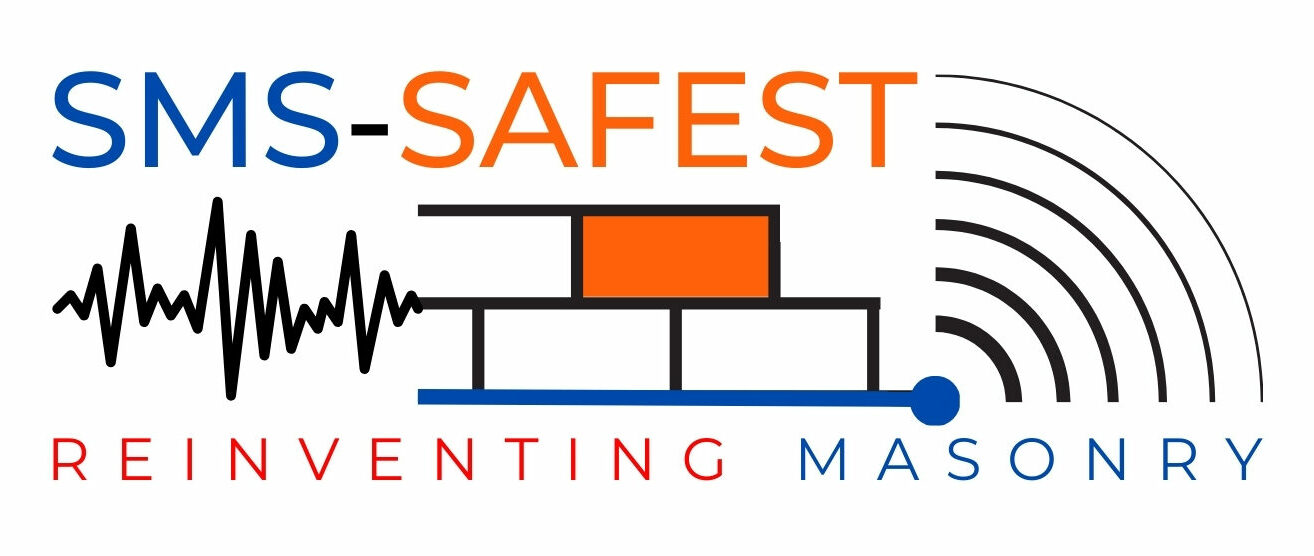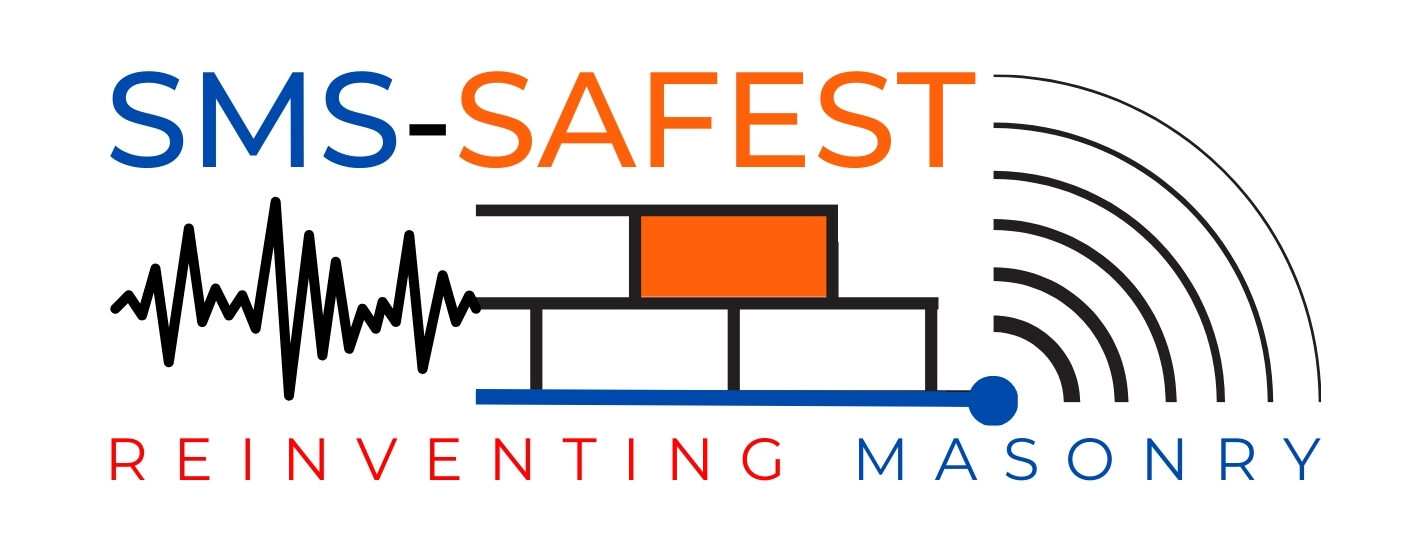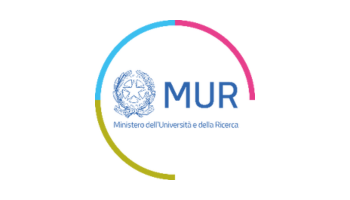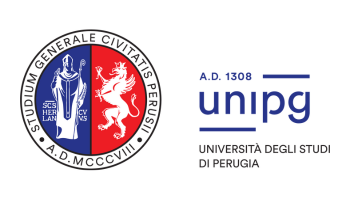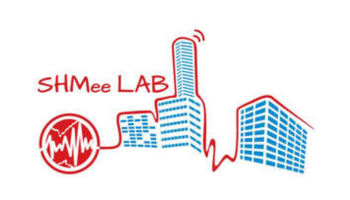Masonry structures, including historic buildings, represent the vast majority of the European built heritage.
Many of these buildings are in a poor state of preservation due to material ageing and degradation and are located in the Mediterranean area where they are exposed to a severe seismic hazard. The preventive conservation of historic buildings across the whole Europe is therefore an urgent priority that demands for appropriate Structural Health Monitoring (SHM) solutions that link the field observation of the in-service response of a structure to its structural integrity. To-date, SHM is yet to be broadly implemented in the case of masonry structures because off-the-shelf sensors are hardly scalable to complex masonry structures, have limited durability and entail transmission issues, difficulty of access and high costs.
Multifunctional strain-sensing and damage-sensing structural materials can represent a spectacular solution to monitoring challenges revolutionizing the field of SHM. Recent advances in Nanotechnology have led to the development of so-called smart concretes that are electrically conductive cement-based composites with piezoresistive properties, based on the incorporation of carbon-based micro- and nano-fibers into cementitious matrices. Their strain sensitivity originates from the property of the materials to exhibit variations of their internal resistivity and impedance, under variations of their mechanical deformation.
Recently, the PI has developed smart concrete applications based on the use of Multi-Walled Carbon Nanotubes (MWCNT) as conductive doping and has proposed the application of a similar concept in the field of masonry structures, through the introduction of smart bricks, that are clay bricks doped with stainless steel microfibers able to provide an electrical output proportional to their state of strain. Both technologies of smart concretes and smart bricks can still be considered in their development stages, with the latter being indeed at its very birth. Among bottlenecks that need further investigations are: material fabrication, electrode type and deployment, measurement electronics, electromechanical modeling and machine learning for automated earthquake-induced damage identification.
Click here to download the presentation of the SMS-SAFEST project in pdf format.
